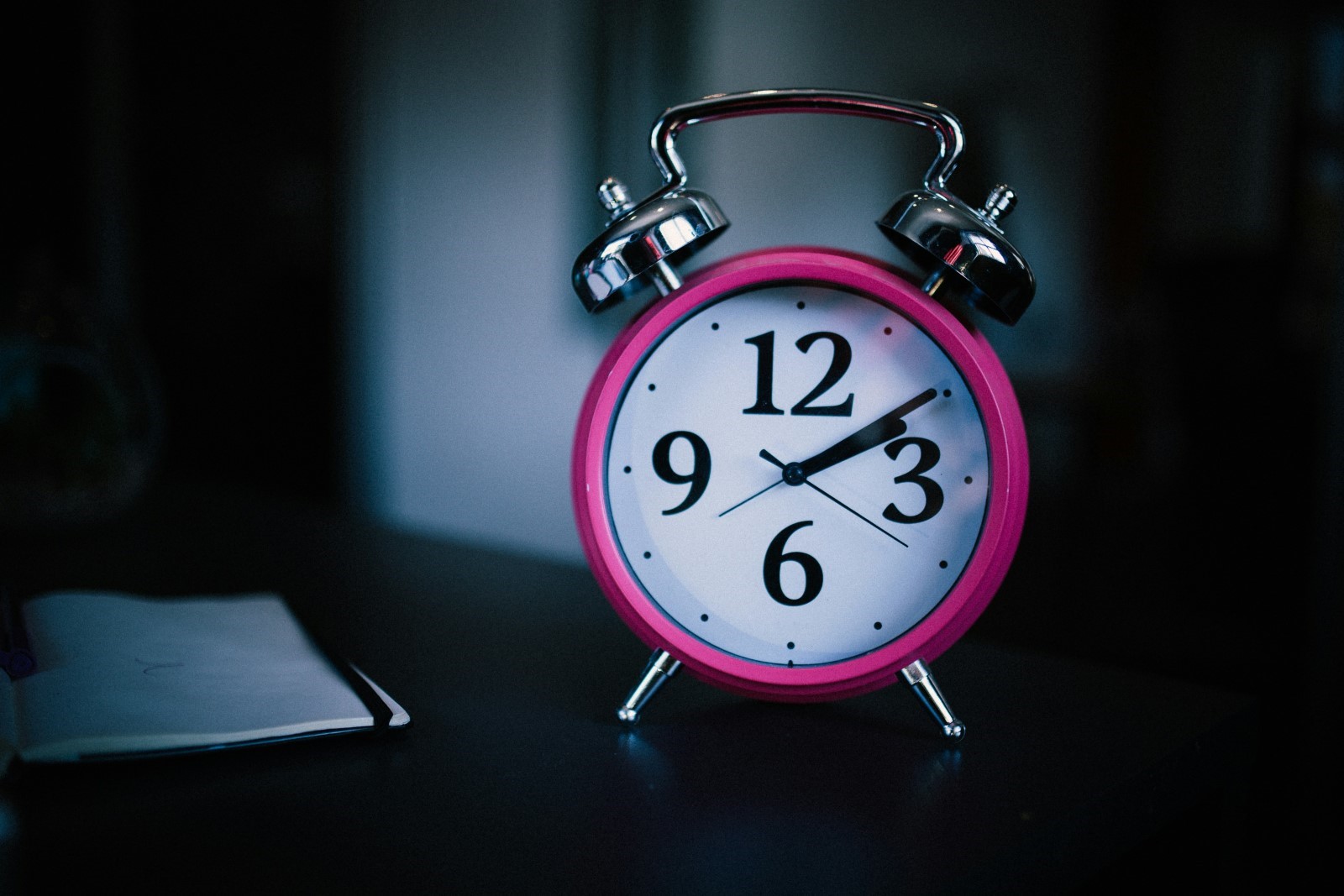Practical health tips for dealing with spring fatigue and the time change. How to keep your energy up during the spring transition? Learn our 4 steps.
In this article related to everyday problems, we’ll talk more about the yearly issue of spring fatigue and also how the clock change affects us. We’ll look at some ways to cope with this transition and how to maintain our energy through it. Let’s look at our steps for dealing with these problems and decide for yourselves whether they might be useful to you.

Spring Fatigue
With the arrival of spring, many people feel a drop in energy – a phenomenon known as spring fatigue. This year, the challenge is double, as on March 30 we move the clocks forward one hour (we switch to daylight saving time) and risk losing precious sleep.

The very concept of spring fatigue or spring lethargy, though not fully explained, is believed to be caused by the reduced sunlight we receive during the winter period. This disrupts the balance between hormones such as serotonin (the happiness hormone) and melatonin (the sleep hormone), among others. At the beginning of spring and with the switch to daylight saving time, this leads to a feeling of fatigue.

There are even proven links between an increase in cases of heart attacks and a higher frequency of fatal incidents early in the morning – believed to be caused precisely by spring fatigue and the reduced amount of sleep during the time change.
Here are a few practical tips for an easier transition to the spring schedule:
Go to bed earlier: Try to start the preparation a few days in advance. Go to bed about 15 minutes earlier each night to compensate for the upcoming time loss. This way, your body will adapt gradually without feeling the one-hour change as such a dramatic shift.

Morning light and routine: Expose yourself to bright morning light – this “sets” your internal biological clock and helps with waking up. Light is the best remedy against changes in circadian rhythms (sleep-wake rhythm). Keep a regular routine for sleep, meals, and exercise, even around the time change, so you don’t stress the body. Following a consistent daily schedule helps your body stick to a pattern even after the clock change.

No long naps: No matter how sleepy you feel in the afternoon, avoid long naps. A short rest of 15–20 minutes early in the afternoon is okay, but longer daytime sleep can disrupt your nighttime sleep. As much as we hate to say it—so we don’t hurt the feelings of nap lovers—they aren’t that good for us, especially if they last a few hours. Stick to short naps so you don’t deprive yourself of quality night sleep later.

Hydration and movement: Drink enough water and stay active. Light exercise or a walk outdoors boosts your energy and helps against drowsiness. Avoid caffeine and alcohol late in the evening – they interfere with quality sleep.

With these steps, you’ll meet the spring mornings more awake and smiling.
Bonus tip: Give yourself time – for some people, adaptation takes a few days, for others a week, but the body soon gets into rhythm. Soon you’ll stop feeling the effects of the time change and spring fatigue will fade away as quickly as it came.
Final Thoughts
Follow these simple tips during the days before and after the time change and see how quickly you’ll feel the difference in your mood and energy. Most of all, give yourself time to adapt. Your body knows how to restore its balance.

Call to action: And do you feel spring fatigue? Share which tricks work for you personally or send these tips to someone who’s struggling with low energy right now!





Comments